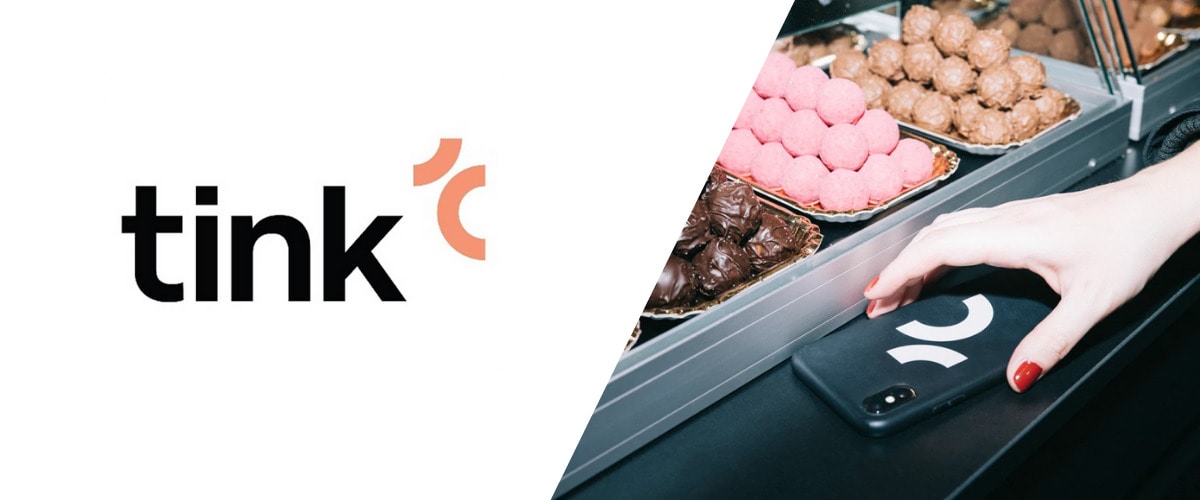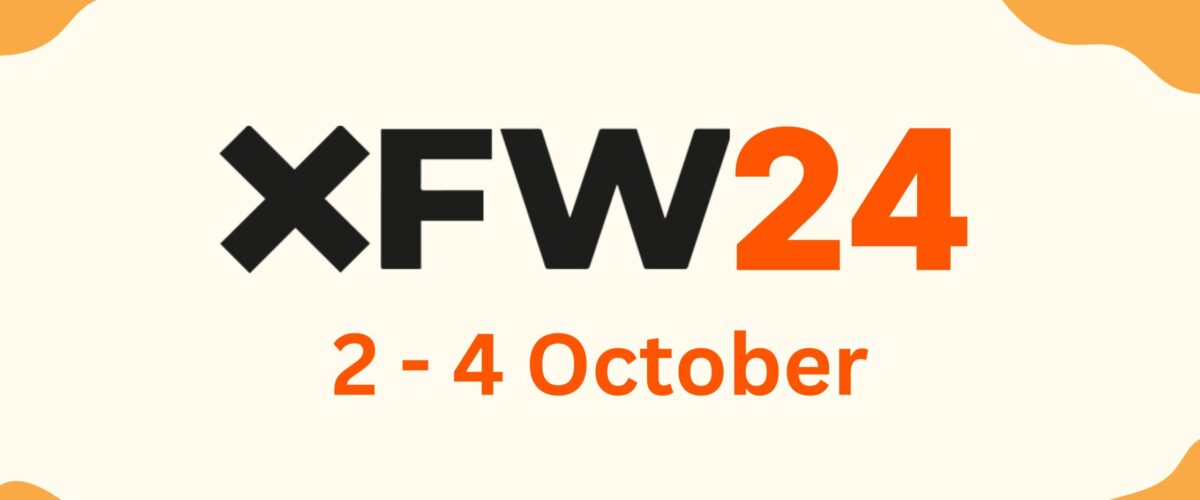Open banking is set to transform the commercial landscape by bridging the gap between banks and innovators. Learn how businesses across various industries can harness the power of financial data to boost efficiency and drive customer satisfaction.
When talking about open banking, you’d be forgiven for believing that only financial services benefit from the treasure trove of data held by banks. But that’s not the case. Industries ranging from retail to insurance can drive positive change in their business by taking advantage of the free flow of financial information.
Businesses of all sizes are now turning to open banking technology to increase revenue, drive down costs and build stronger relationships with digital-savvy consumers.
Open banking may not be the solution to every business problem, but reaping the rewards of the technology gives businesses the edge they need to stay ahead in an ever-evolving competitive market.
Data and open banking at a glance
Open banking works by letting third-party providers use consumers’ financial information from banks – always with the user’s consent – to create new products and services.
Although some companies (like Tink) have been offering open banking services for over a decade, the trend took off in 2018 when the EU’s Revised Payment Services Directive (PSD2) was transposed by most of its member states.
Seeking to make payments more secure, boost innovation and help banking services adapt to new technologies, PSD2 saw the banking sector thrust into the 21st century, ushering in a new era of collaboration and competition between fintech companies and incumbent banks.
A few years on, consumers now have an appetite for data-driven services made possible by open banking – and businesses of all kinds are starting to take note.
Beyond financial services: open banking uses in commercial settings
With data access more in reach than ever before, business leaders can leverage time-saving, value-adding open banking products to improve business operations and customer experiences.
Here are just some examples of open banking uses in the commercial sphere:
Retailers
With shoppers spoilt for choice, loyalty has never been so important in the retail arena. Open banking allows retailers to modernise their loyalty programmes to enhance customer capture and retention with rich data.
Using API integrations, retailers can offer a loyalty programmes without needing to issue cards, hand out stickers, or count stamps. With open banking, retailers can offer a fully automated loyalty programme that identifies the consumers’ transactions at its stores. It’s simple, more affordable, and creates a seamless customer experience.
Retailers can also leverage financial data to gain deeper insights into how and where customers are shopping to transform their marketing efforts with more targeted campaigns. For example, retailers can generate relevant point-of-sale offers and discounts based on consumer spending patterns using APIs embedded in their e-commerce website.
In a competitive market, retail leaders need to stay one step ahead of consumer trends – and open banking allows just that.
____
Read the full article here.


